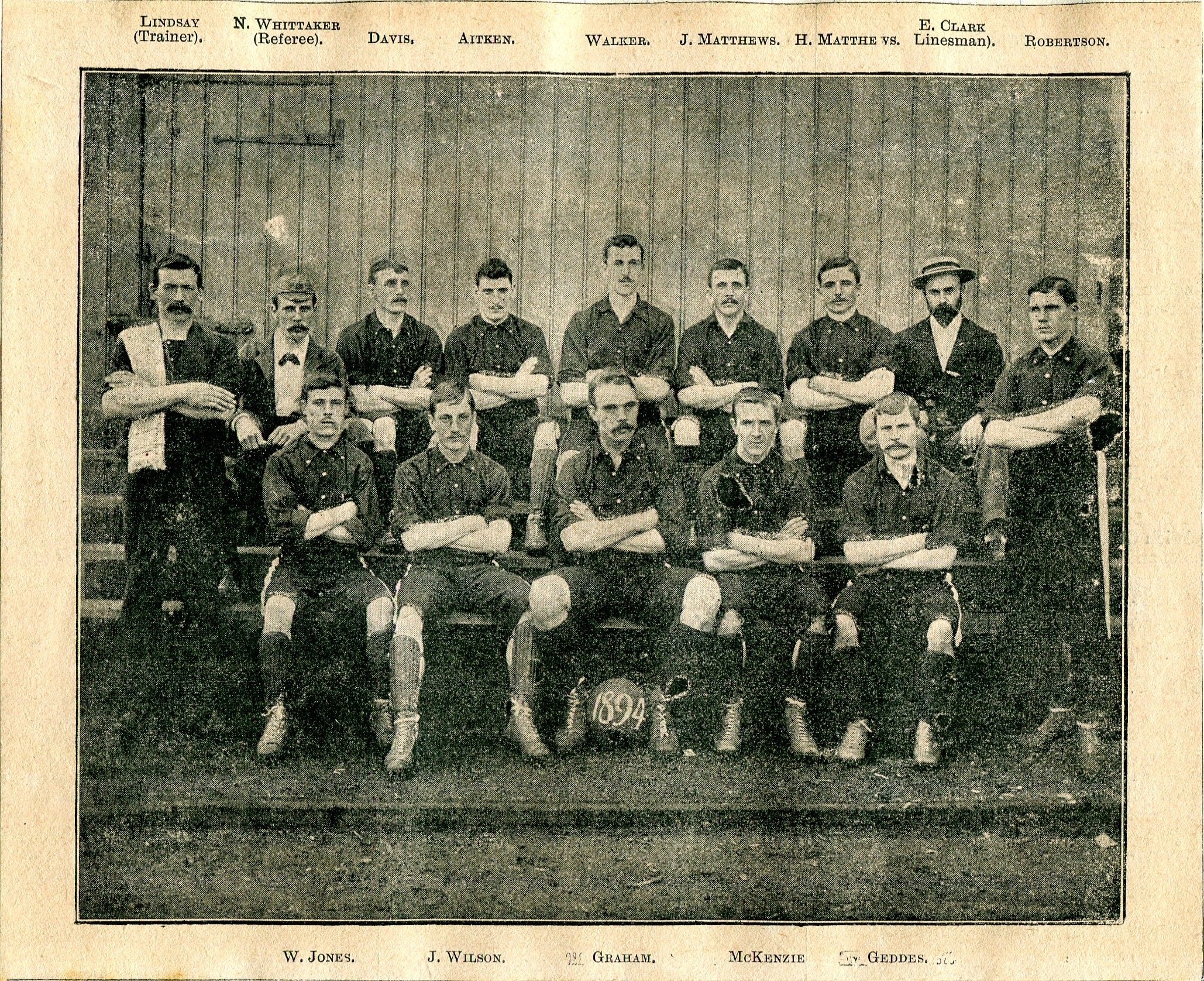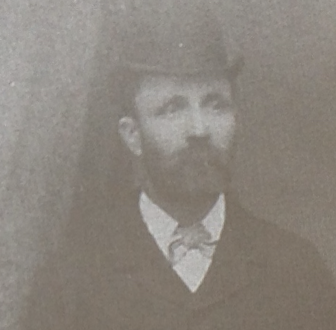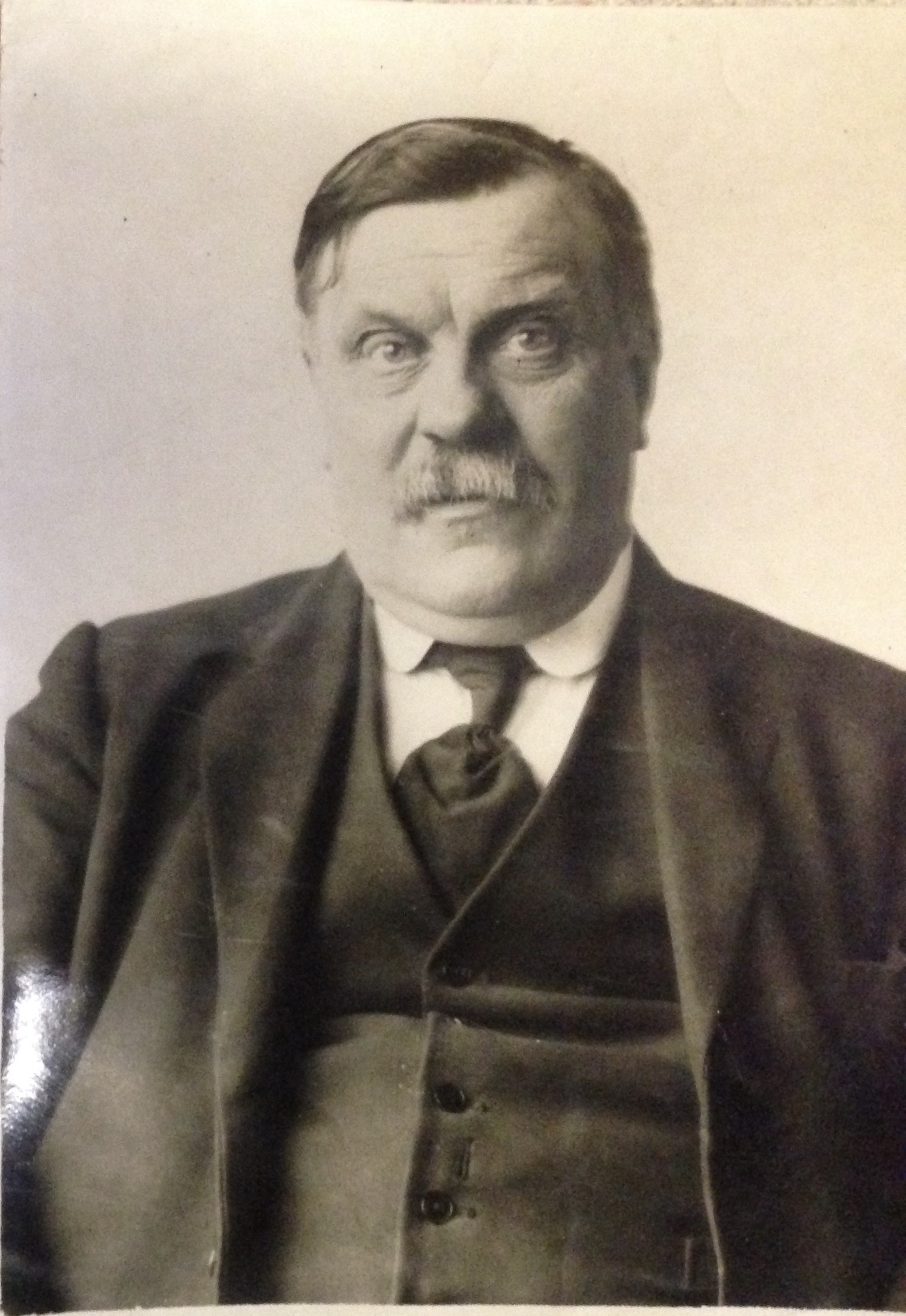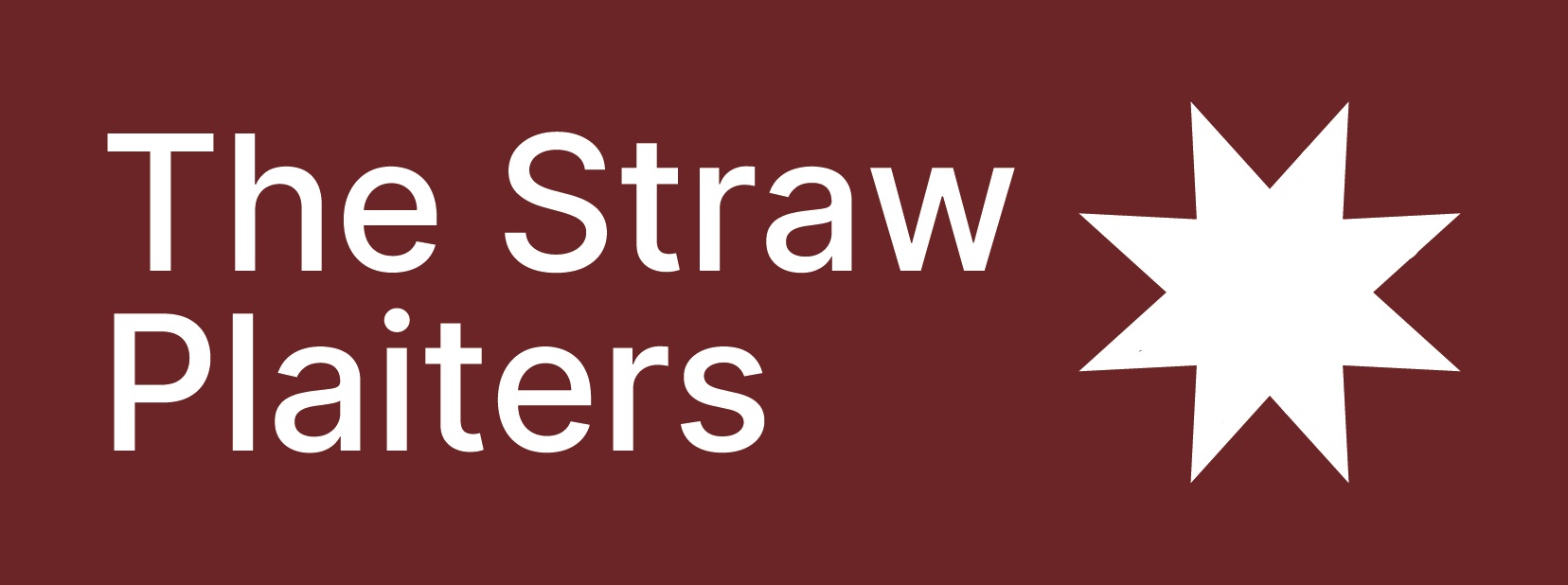BETRAYAL – THE FALL OF LUTON TOWN F.C.
A book published in 1906 described Luton Town as an unlucky club. How did the club get that tag after just 21 years in existence?
THE RISE
On the 11th April 1885 a committee was formed to run the club. These unpaid committee members, working alongside the Secretary, were expected to attend a weekly meeting, manage the finances, pick the team, sort out poor form and injuries, act as referee and umpire/linesman, take admission money and act as stewards. They were also to look at the way forward for the club as regards its standing in the region and country as a whole.
The club had kept its nose clean as far as the football authorities were concerned. There had been a minor clash in 1892 when the club cleared snow from the pitch for an F.A. Cup tie with Middlesbrough. They took the cost of that work out of the takings then divided the takings between the two clubs. Middlesbrough protested and the F.A. changed the rules in record time – the game was on the 16th January and by the 20th the F.A. said “It was decided that in Cup ties expenses from clearing the ground from snow, and other preparation be borne by the home club.”
By the Spring of 1894 the team had risen to be the third best in the South behind Woolwich Arsenal and Millwall. Arsenal chose not to enter the newly formed Southern League. Millwall were defeated at Dallow Lane in early 1894 which made newspaper headlines. However, Millwall were the favourites to win the Southern League due to begin in October. The first game of the season would see the Straw Plaiters versus the Dockers at Dallow Lane. A game which would go a long way to deciding the Champions.
HAM CHEWERS
“Ham chewer” was a play on the word amateur and was used as an insult.
The formation of the Southern League was not all plain sailing – there was a strong neutral voice that Millwall, and the Morning Leader newspaper, were controlling operations. The second strongest club in the new Southern League, Luton Town, had no place on the controlling committee. Perhaps in an attempt to redress the balance, Mr Henderson of Millwall Athletic, stood aside as Secretary of the Southern League in the Summer of 1894. However, he was replaced by Mr Nat Whittaker. Let me introduce Mr Whittaker – he is photographed below with the Millwall Athletic team in the Summer of 1894.

With only 18 games in a season, everyone knew that the games between the two clubs would be vital. The fixtures pitted Luton against Millwall in the first game of the season at Dallow Lane. After the above photo was published in the Summer of 1894, Mr Whittaker was appointed to officiate in the Luton v Millwall game on the 6th October 1894. He would go into that game having refereed seven out of the last ten Millwall games. The Straw Plaiters formal objections to the Southern League committee were rejected. The Southern League had to stand behind their Secretary’s impartiality.
The first game of the season arrived, and when Nat Whittaker entered the pitch, Luton fans jeered and shouts of “here come’s Millwall’s ref” were heard. Millwall won 4 3 with Whittaker’s decisions greatly favouring the Dockers including bizarrely giving a free kick to Millwall when their player had handled and blowing the final whistle several minutes before the allotted time. Mr Whittaker was “mobbed” by Luton fans at the end, but not touched. The club formally objected against Whittaker but the Southern League were not going to find against their own Secretary.
Sour grapes from the Straw Plaiters? A Millwall fan wrote to the Luton News to put on record his disgust at the refereeing. The Royal Ordnance club, who were also in the Southern League, wrote to the Straw Plaiters later in the season to say that they understood why an objection was made about Whittaker. To rub salt into the wound, in the return match Millwall equalised with the last kick of the game thus ensuring the title for the Dockers.
The polite verdict would be that the Southern League and Mr Whittaker were Ham Chewers. The Luton football public soon lost interest in a League that appeared corrupt. The quality of the teams in the league did not help and crowds at Dallow Lane remained low. But worse was to come.
ESTABLISHED 1885 – BETRAYED BY THE COUNCIL 1895
 A chill must have ran down the spine of every supporter of the Straw Plaiters in March 1895 when the Council announced that it wanted the Dallow Lane ground to build a school upon. The club would be homeless unless it could locate a new ground very quickly.
A chill must have ran down the spine of every supporter of the Straw Plaiters in March 1895 when the Council announced that it wanted the Dallow Lane ground to build a school upon. The club would be homeless unless it could locate a new ground very quickly.
At the 1895 Annual General Meeting, the club Secretary Isaac Smith, above left, announced that the club had a healthy balance of £144 18s 8d. The club Committee meeting on the 17th May 1895 revealed –
“our estimate for clearing out of the ground would be £865 [made up as follows]
re-erection of stand and dressing rooms £235,
Stiles £25
Shifting posts £5,
levelling new ground £100
loss on gate at £250 per year, £500.
Also that [we make] an offer of £400 per acre for a square piece of 5 acres or offer to lease the ground at the expiration of present lease for 3, 5 or 7 years at £80 per year.”
The club’s estimate would be very near to the final amount. The search for a new ground was a long one with various pieces of land being offered and considered. The sheer complexity of the issues and number of meetings can only draw admiration for the unpaid committee men. The final choice, the Bury Meadow, was secured on a 7 year lease at a rent of £150 per year and came into the club’s hands in September 1896. Only then could the club start work on moving and began levelling the land at a cost of £230. They therefore had to keep the Dallow Lane ground until the Bury had been levelled. Only then could they move the Grandstand from Dallow Lane to the new site which cost a further £15.
Unrelenting pressure was placed upon the club by the Council and landlord until the move was completed in February 1897. I will tell the full story of the move in another article. The club’s financial woes did not end there.
ESTABLISHED 1885 – BETRAYED BY THE F.A. 1895
The Football League clubs of the north had been encouraged by the F.A. and Football League to promote football in the south. Strong clubs such as Derby County, Wolves and West Brom had all played at Dallow Lane thereby attracting large crowds and showing off the finer arts of the game. However, this changed in early 1895 when the League Clubs of the north began an illegal, unofficial boycott of non league clubs. A secret list of the boycotted clubs was distributed amongst the clubs and Luton were added to it.
Because the boycott was unofficial, nothing was published as to its origin, purpose or achievements. Newspapers published rumours but hard evidence seems to have evaded everyone. The rumours of a boycott must have reached the ears of F.A. – the Luton newspapers concluded that the F.A. were scared of the Football League so turned a blind eye.
This boycott hit the Straw Plaiters finances. At the start of each season the experienced Secretary, Isaac Smith, and the Committee estimated the money required to be raised. Wages, travel costs and other expenses had to be met by the main source of revenue, gate money. Luton relied on League clubs coming to Dallow Lane to raise valuable revenue. Aston Villa were chosen as the big game of the season and they duly accepted a game on the 9th December.
By October, Villa must have realised their mistake and saw Luton Town on the boycott list. They wrote to Luton attempting to wriggle out of the fixture. Luton held their ground and said they must fulfil the fixture in the absence of a reasonable excuse not to come. A letter was sent saying that if they did not fulfil the fixture they would be reported to the F.A.
Villa did not come and the committee pursued a claim with the F.A. for the resulting £40 loss. The claim was heard in January 1896 and, of course, Luton lost the case as Villa said they gave 2 months notice of the cancellation. The pointless boycott just happened to end at the same time as our case was dismissed. The financial damage however, was done.
ESTABLISHED 1885 – BETRAYED BY THE FOOTBALL LEAGUE 1896….maybe
The club made a loss on all Southern League games apart from Millwall. These unsatisfactory losses, and the committee’s ambition, resulted in an application to join the Football League. The Southern League was planning to add two more clubs to the First Division. For Luton, more clubs meant a bigger loss so the club objected. Millwall also were not in favour of an expansion for the same reason. Luton however, resigned.
The Football League clubs voted on who should be admitted. Luton failed to get enough votes. What affect the boycott, and the aims behind it, had on the number of votes we will never know. The club lobbied as best it could. It may be that the northern clubs voted against making the long journey south to play Luton. This view is supported by the fact that Blackpool, Walsall and Gainsborough were elected ahead of Luton. With no Southern League or Football League, the Straw Plaiters only had the newly formed United League to compete in.
THE FIRST FINANCIAL LOSS IN THE HISTORY OF LUTON TOWN F.C.
The 1896 AGM was a sombre one. The balance sheet revealed that receipts were £2,559 12s 9d but expenditure amounted to £2,633 6s 3d leaving a loss for the first time in the club’s history of £73 13s 6d. Isaac Smith spoke –
“A number of causes can be traced to bring this about. First, our exit from the English Cup. Second the little interest manifest in the Southern League fixtures. Third, the wretched boycott and last the vile weather experienced during the latter part of the season.”
He went on –
“On starting the season we estimated we should want £3,000 but as shown, by the balance sheet this fell short by something like £300. The losses sustained by the Southern League (viz from £10 to £50 on each pair of matches excepting Millwall) have compelled us to withdraw from it, leaving us with the United League only with 9 clubs, but we venture to prophesy we shall be better off with the United 9 than the Southern 14.”
In September 1896 the committee looked at various ways to raise money. Bazaars and smoking concerts were organised and had some success in relieving the financial pressure.
After the move to the Dunstable Road ground, the 1897 AGM revealed the debt was a massive £815 3s 5d but there were some major assets. The new new ground expenses were revealed at £711 2s 6d.
AFTERMATH
The club were finally elected to the Football League for the 1897/98 season and turned into a Limited Company. At the 1898 AGM a loss of £748 6s 4 1/2d was revealed on the season but adding loans made by Directors, the debt doubled.
By the 1899 AGM, the debt stood at well over £800, there was no money in hand, all assets of the club had been mortgaged and £450 would be due to players in the close season. The club continued with their money raising events and received help from wealthy supporters such as the brewer J.W. Green who donated £300 to his beloved football club.
Fortunes also slumped on the pitch as players had to be sold in order to survive. In 1900, the club did not seek re-election to the Football League and again joined the Southern League.

Fast forward to 1909 and the club were still struggling. In April 1909 the debt was £525 and the Secretary, Charles Green, above, made a public appeal in the local newspapers for donations to the club to see it through the close season or else it would fail.
CONCLUSIONS
For its actions in 1895 through to 1897 the Council owed the club and fans a great debt. In recent years the council has paid the club back with interest. As for the football authorities – I think a certain place will freeze over before we ever see an apology, justice or compensation.
Those two short years (1895-1897) changed the course of the club and set it back for decades. That the club survived is a tribute to the devotion to the cause by the Committee members and directors of the club.
Were the club unlucky? Certainly in that two year period the club could be tagged with that label. The storm that hit would have sunk many clubs. The tenacity of those in charge of the club deserves our respect and everlasting gratitude. Having said that, in the years that followed, I get the impression that the ambition of the directors also contributed. Luton was a football hotbed and chasing the dream was understandable. The directors who lived and worked locally must have faced daily pressure to build up, and keep, a good team to represent the town. Reducing the debt by lowering player wages would have meant lower quality players and a further slump down the soccer pyramid. That the club survived indicates that the directors got the balance right.

